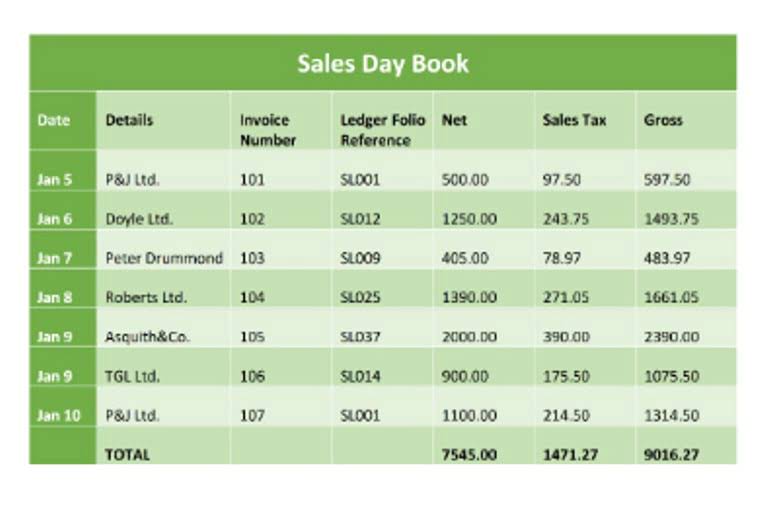
In baseball, and other sports around the world, players’ contracts are consistently categorized as assets that lose value over time (they are amortized). When an account produces a balance that is contrary to what the expected normal balance of that account is, this account has an abnormal balance. Let’s consider the following example to better understand abnormal balances. In order for companies to record the myriad of transactions they have each year, there is a need for a simple but detailed system. The time period assumption states that a company can present useful information in shorter time periods, such as years, quarters, or months. The information is broken into time frames to make comparisons and evaluations easier.
Which of these is most important for your financial advisor to have?
As a business language, accounting must be simple to understand for the people who own or manage the company’s affairs. So, to achieve that purpose, standards were invented that were uniform, scientific, and easily adaptable for all. Members of financial accounting can carry several different professional designations.

Accounting Principles: What They Are and How GAAP and IFRS Work
For most assets, this value is easy to determine as it is the price agreed to when buying the asset from the vendor. There are some exceptions to this rule, but always apply the cost principle unless FASB has specifically stated that a different valuation method should be used in a given circumstance. The revenue recognition principle directs a company to recognize revenue in the period in which it is earned; revenue is not considered earned until a product or service has been provided. This means the period of time in which you performed the service or gave the customer the product is the period in which revenue is recognized.
Is financial aid available?
Upon careful review, I found no apparent or obvious errors were detected in the content. I quite enjoy reading the book and feel the information presented is thoroughly checked and consistently reliable. The lessons here will serve as a primer for beginners and a refresher for those who already have some accounting background. https://www.bookstime.com/ The Securities and Exchange Commission (SEC), the U.S. government agency responsible for protecting investors and maintaining order in the securities markets, has expressed interest in transitioning to IFRS. However, because of the differences between the two standards, the U.S. is unlikely to switch in the foreseeable future.
Principles of Financial Accounting
For example, Lynn Sanders purchases a piece of equipment for $40,000. She believes this is a bargain and perceives the value to be more at $60,000 in the current market. Even though Lynn feels the equipment is worth $60,000, she may only record the cost she paid for the equipment of $40,000.
When the company earns the revenue next month, it clears the unearned revenue credit and records actual revenue, erasing the debt to cash. The normal balance is the expected balance each account type maintains, which is the side that increases. As assets and expenses increase on the debit side, their normal balance is a debit.

- A general ledger is a comprehensive listing of all of a company’s accounts with their individual balances.
- These suggestions would improve clarity from the student learning perspective and process.
- The cost principle, also known as the historical cost principle, states that virtually everything the company owns or controls (assets) must be recorded at its value at the date of acquisition.
- When the company earns the revenue next month, it clears the unearned revenue credit and records actual revenue, erasing the debt to cash.
- The going concern assumption states that a business will remain in operation for the foreseeable future.
The terms and concepts in this guide were curated in part for their relevance to new entrepreneurs. Examples include terms such as « accounts payable, » « accounts receivable, » « cash flow, » « revenue, » and « equity. » Financial accounting is intended to provide financial information on a company’s operating performance. Financial accounting is the widely accepted method of preparing financial results for external use. The full disclosure principle states that a business must report any business activities that could affect what is reported on the financial statements.

In accounting, liquidity describes the relative ease with which an asset can be sold for cash. Assets that can easily be converted into cash are known as liquid assets. Accounts receivable, securities, and money market instruments are all common examples of liquid assets. A liability fundamental accounting concepts (LIAB) occurs when an individual or business owes money to another person or organization. Bank loans and credit card debts are common examples of liabilities. In corporate accounting, dividends represent portions of the company’s profits voluntarily paid out to investors.
It also includes a section on Time value of Money which is a very important section in financial accounting. I read a couple of chapters in greater depth and find the textbook offers remarkable clarity, making complex concepts easily understandable for readers. Privately held companies and nonprofit organizations also may be required by lenders or investors to file GAAP-compliant financial statements. For example, annual audited GAAP financial statements are a common loan covenant required by most banking institutions. Therefore, most companies and organizations in the U.S. comply with GAAP, even though it is not a legal requirement.
Variable Cost
- For instance, GAAP allows companies to use either first in, first out (FIFO) or last in, first out (LIFO) as an inventory cost method.
- I quite enjoy reading the book and feel the information presented is thoroughly checked and consistently reliable.
- I wish that the chapters on merchandising and inventory were back-to-back.
- These elements are tracked and recorded in documents including balance sheets, income statements, and cash flow statements.
- These disclosures are usually recorded in footnotes on the statements, or in addenda to the statements.
The principles are the basis of all financial accounting technical guidance. These five principles relate to the accrual method of accounting. The conceptual framework sets the basis for accounting standards set by rule-making bodies that govern how the financial statements are prepared.

